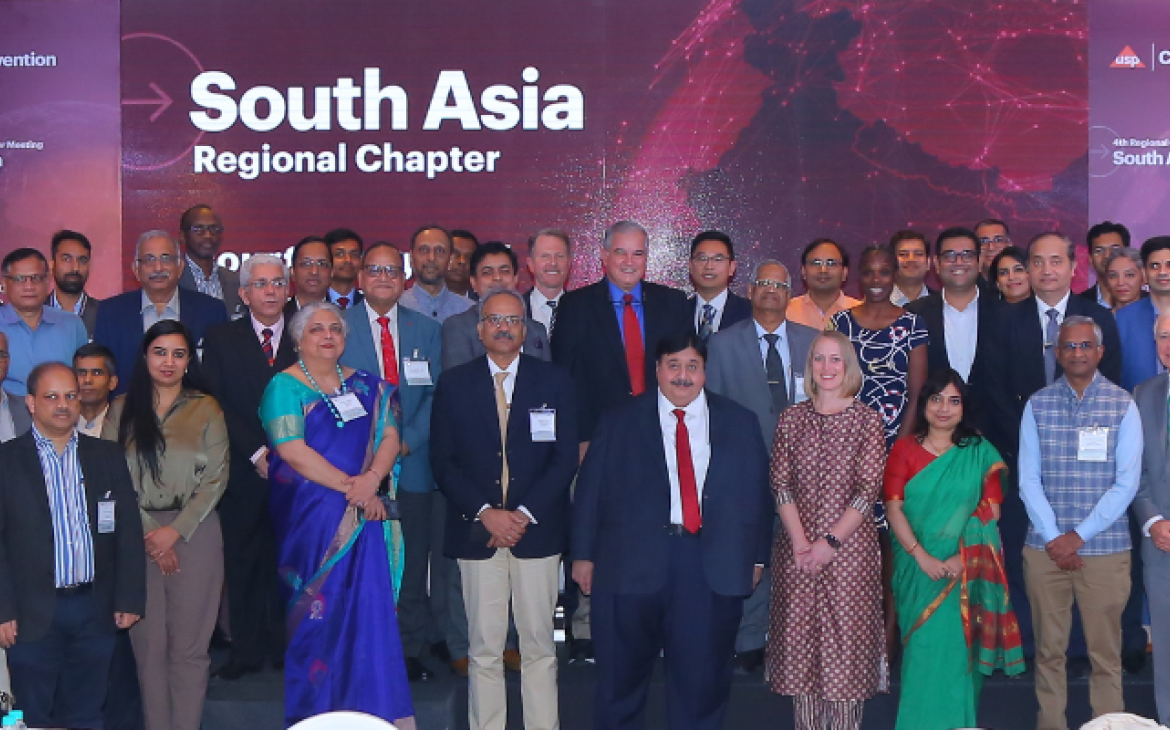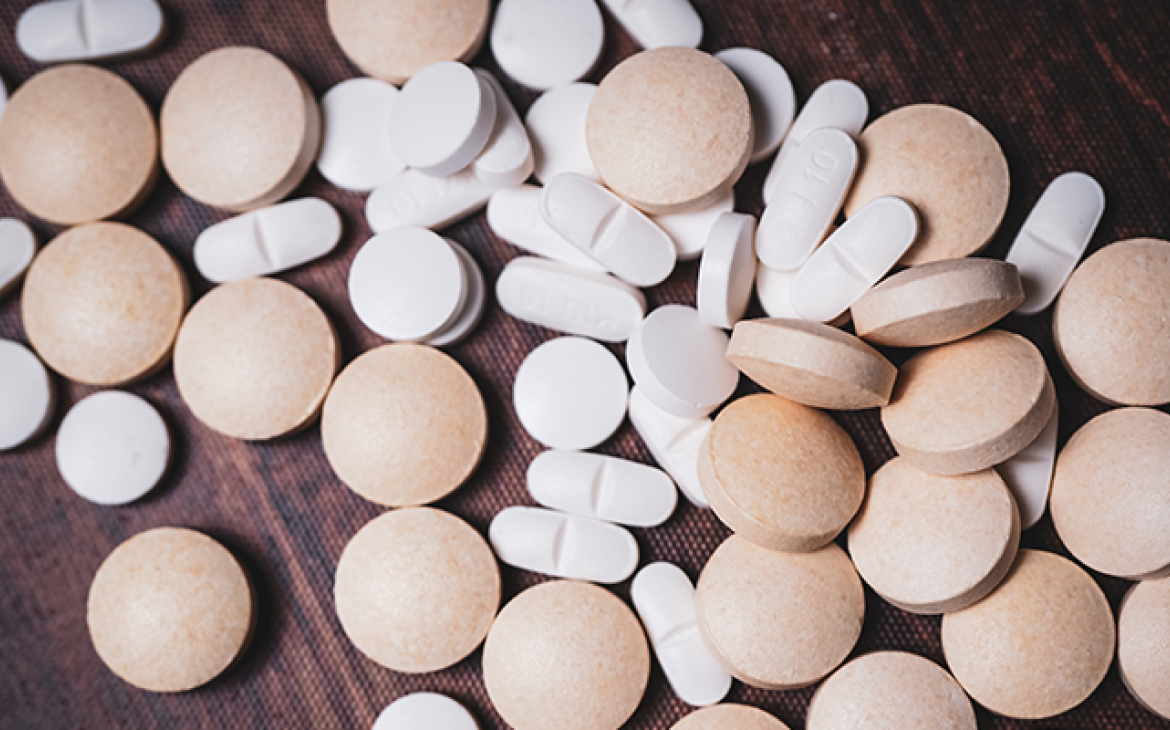
In simple terms, risk is the possibility of something bad happening. It’s the uncertainty around the consequences of an activity with respect to something that we value. Because there are few things that we value more than our health – individually or on a global level – risk associated with the quality and safety of medicines affects everyone. The presence of unacceptable levels of harmful impurities in medicines present a public health threat that can have far-reaching effects on patients, the pharmaceutical industry, regulatory agencies, and healthcare providers. Understanding the risks and how to measure them is a first step towards effective management and control.
The broad risk of nitrosamine impurities
Nitrosamines are a group of chemical substances, some of which can pose a risk to patients and public health due to their mutagenic properties. When they are metabolized, nitrosamines are converted to alkylating agents. Some of these are known to damage DNA and have been linked to cancer.
Unacceptable levels of nitrosamine impurities in some batches of the angiotensin II receptor blocker (ARB) valsartan were first detected in 2018. Subsequently, they were found in other ARBs, as well as unrelated drugs, including ranitidine, nizatidine, metformin, rifampin and rifapentine.
Finding nitrosamines in several drug products that contain drug substances with diverse chemical structures indicated that there could be multiple sources of nitrosamine impurities, including other components of drug products as well as the manufacturing process itself.
Sources of nitrosamine impurities
Extensive investigations determined that unacceptable nitrosamine levels found in valsartan were caused by a change in the manufacturing process that had been made to improve product yield. Nitrosamines can arise throughout the drug manufacturing process, including synthesis, purification, formulation, packaging, and storage. Even small changes to manufacturing processes can introduce new or changing levels of impurities. They can be introduced in raw materials, solvents, or result from product degradation. With so many possible sources for nitrosamine impurities, manufacturers should establish control strategies to evaluate and mitigate potential risks. When the risk of nitrosamines is identified, the use of analytical testing to detect and measure nitrosamine levels is vital to protect patients from exposure to unacceptable levels of these potentially harmful substances.
Tools to assess the risk of nitrosamine impurities
USP responded to the nitrosamines impurities crisis with solutions to detect and measure nitrosamine levels. This work has been advanced by our committee of volunteers comprised of industry scientists, global regulators, and other stakeholders with expertise in manufacturing and organic impurities. We have taken a multi-pronged approach, developing nitrosamine reference standards, a proposed general chapter on nitrosamine impurities and other resources and information that support manufacturers as they take proactive measures to prevent exposing patients to harmful nitrosamine impurities.
USP’s General Chapter <1469> Nitrosamine Impurities, which becomes official on December 1, 2021, identifies possible sources of nitrosamines in drug products, their components, and their manufacturing process, along with the risks associated with each source. The general chapter provides recommendations on nitrosamines risk assessment and the development of detection and control strategies. If manufacturers do detect nitrosamines in their products, the chapter provides a range of different test methods for quantifying them, to help ensure they remain below levels that are harmful.
USP’s nitrosamine Reference Standards can be used by manufacturers as controls to test against their own materials. USP’s general chapter includes methods for using the Nitrosamine Reference Standards. The Reference Standards may also be used with methods provided by U.S. FDA and other regulators, as well as for validating methods developed in-house.
Technical courses, webinars, and other resources as well as USP’s expert technical support staff are available to manufacturers to help support the use of USP standards.
Corrective action to protect public health
Since 2018, the World Health Organization (WHO), European Medicines Agency (EMA) and the FDA issued public health alerts followed by guidance documents[1],[2] for manufacturers of active pharmaceutical ingredients and drug products on acceptable levels of nitrosamine impurities in medicines.
An effective strategy will help manufacturers identify points in their processes that have the potential to introduce impurities, along with suitable methods to detect, measure and control them. Both manufacturers and global regulators play a role in ensuring that impurity levels remain within acceptable limits. To do so, they need tools to test and assess the risks related to nitrosamine impurities.
The FDA deadline for evaluating manufacturing processes for approved or marketed drug products was in March 2021. If they identified one or more points of risk where nitrosamines are possibly being introduced, they must be confirmed using specific and sensitive analytical testing methods. Manufacturers must then report changes made to mitigate the risk by 2023.
Risk to global drug supplies
Beginning in 2018, the FDA and drug manufacturers worked together to protect patients by swiftly removing ARBs that contained unacceptable levels of nitrosamines from the market. But the recalls resulted in a drug shortage situation, where patients were at risk of not getting the medicines that they needed to control their high blood pressure. In 2019, FDA responded by prioritizing the review of a new generic of valsartan. Its approval helped relieve the shortage of this critical medicine that resulted from multiple recalls of generic valsartan products.
Companies are responsible for understanding their manufacturing processes, which includes identifying and preventing the presence of unacceptable levels of impurities. But the global nature and complexity of the pharmaceutical supply chain makes this a daunting task. Raw materials, APIs, excipients, drug substances and finished drug products come from different countries around the world. The complexity of the manufacturing process for some drug products exacerbates the challenges. An inadequate risk assessment and control strategy can have dire short- and long-term consequences.
Risk to trust in medicines
The ARBs and other medicines that were found to contain unacceptable levels of nitrosamines are used to treat a wide variety of common medical conditions. Valsartan, losartan and irbesartan are all antihypertensives. Ranitidine is used to treat ulcers and acid indigestion. Nizatidine is also a treatment for stomach and intestinal ulcers. Metformin is used to treat high blood sugar. Rifampin and rifapentine are antibiotics used to treat tuberculosis. Given the prevalence of the conditions that these medicines are used to treat, detecting, and controlling nitrosamine levels rapidly rose to the level of a public health imperative.
With each news headline about the affected drugs, the public’s trust in the safety of their medicines deteriorated. Patients debated whether they were in more danger by taking their medicines than they would be if they stopped. The FDA and healthcare professionals urged patients not to change their medication regimens, unless directed to do so by their physicians because discontinuation was potentially more dangerous to their health than the exposure to the unacceptable levels of nitrosamine impurities. When the list expanded to include medicines that weren’t ARBs, concerns grew exponentially. The medicines concerned are in the daily medication regimen of hundreds of millions of people worldwide.
Trust in medicine is difficult to measure but the impact of a lack of trust has been seen time and again around the world: the length and quality of people’s lives are diminished because, out of fear, they choose to forego potentially life-saving treatments.


